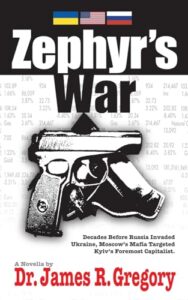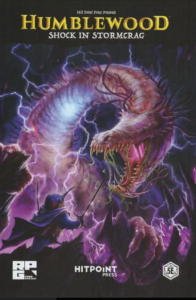We have another great excerpt for you, readers, with a YA fantasy perfect for fans of Bridgerton and The Selection! Ngl, as soon as I read this, I knew I had to cram it into my already overstuffed work schedule, but since I still haven’t yet found the time, here’s a taster for the rest of you!
 Queer romance is front and center, with tension at every turn, as a young noblewoman’s pursuit of true love takes a far-reaching turn that could have consequences for more than just her own kingdom. The Duchess of Kokora, Phera Ylir Mdana herself, has entered the marriage games of the neighboring kingdom of Ryene. But she’s not there to woo the dashing Prince Dominic. Her true objective? To win back one of the other contestants, Lady Rocelle Virae — Phera’s true love and ex-fiancee. Love proves to be a game like any other when Phera must not only mend matters with her childhood sweetheart, but conceal her true intentions in order to earn votes and stay in the competition.
Queer romance is front and center, with tension at every turn, as a young noblewoman’s pursuit of true love takes a far-reaching turn that could have consequences for more than just her own kingdom. The Duchess of Kokora, Phera Ylir Mdana herself, has entered the marriage games of the neighboring kingdom of Ryene. But she’s not there to woo the dashing Prince Dominic. Her true objective? To win back one of the other contestants, Lady Rocelle Virae — Phera’s true love and ex-fiancee. Love proves to be a game like any other when Phera must not only mend matters with her childhood sweetheart, but conceal her true intentions in order to earn votes and stay in the competition.
As long-brewing political tensions simmer beneath the surface, the playful veneer of the competition begins to crack. Phera, Dominic and Rocelle soon find themselves united in a desperate bid to prevent a duel that threatens the integrity of the kingdom, the stability of the continent, and any hope of a happily ever after.
Read on for an excerpt that will likely endear the charming Duchess to you as much as it has to me!









